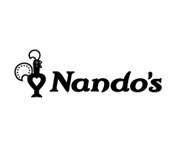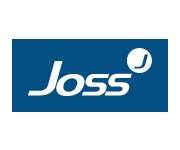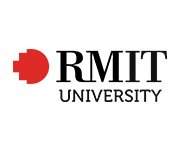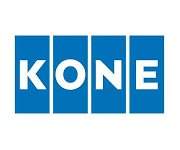Enhancing Facility Safety and Maintenance with a Work Request Module in CMMS Systems
In the realm of facility management, ensuring the safety and proper maintenance of facilities is paramount. One crucial tool that facilitates this goal is the Work Request Module within Computerised Maintenance Management Systems (CMMS). This module plays a pivotal role in streamlining maintenance processes, addressing issues promptly, and ultimately keeping facilities safe and well-maintained.
In this article, we'll delve into the importance of the Work Request Module in CMMS systems and its impact on facility safety and maintenance.
First and foremost, the Work Request Module serves as a centralised platform for submitting, tracking, and managing maintenance requests and work orders. It allows employees, tenants, or facility users to report issues or request maintenance tasks quickly and easily. By providing a user-friendly interface for submitting requests, the module encourages proactive communication and collaboration between stakeholders. This streamlined process ensures that maintenance issues are reported promptly, allowing facility managers to address them in a timely manner before they escalate into safety hazards or costly repairs.
Moreover, the Work Request Module facilitates efficient workflow management and prioritisation of maintenance tasks. Incoming requests are automatically logged into the system, where they can be categorised, assigned, and prioritised based on factors such as urgency, severity, and impact on facility operations. This enables facility managers to allocate resources effectively, ensuring that critical issues are addressed promptly while non-urgent tasks are scheduled appropriately. By optimising workflow management, the module helps to minimise downtime, reduce response times, and enhance overall operational efficiency.
Additionally, the Work Request Module enhances transparency and accountability in maintenance processes. Each maintenance request is assigned a unique identifier and tracked throughout its lifecycle, from submission to completion. This allows stakeholders to monitor the status of their requests in real-time and receive updates on progress. Furthermore, the module records detailed information about maintenance activities, including work performed, materials used, and associated costs. This comprehensive documentation promotes accountability among maintenance teams, encourages adherence to service level agreements, and provides valuable insights for performance evaluation and continuous improvement.
Furthermore, the Work Request Module supports data-driven decision-making and predictive maintenance strategies. By capturing data on maintenance requests, work order history, and asset performance, the module enables facility managers to identify trends, patterns, and recurring issues. This insight allows managers to anticipate maintenance needs, prioritise preventive maintenance tasks, and proactively address potential safety risks before they occur. By shifting from reactive to proactive maintenance practices, organisations can minimise downtime, extend asset lifespan, and reduce overall maintenance costs.
In conclusion, the Work Request Module within CMMS systems plays a critical role in ensuring the safety and proper maintenance of facilities. By providing a centralised platform for submitting, tracking, and managing maintenance requests, the module streamlines maintenance processes, enhances communication and collaboration, and promotes transparency and accountability. Moreover, by facilitating efficient workflow management and data-driven decision-making, the module enables organisation's to optimise maintenance efforts, minimise downtime, and proactively address safety risks. Investing in a robust Work Request Module is therefore essential for organisations seeking to keep their facilities safe, well-maintained, and operating at peak efficiency.














